Recently, archaeologists from Kerala University unearthed a 5,200-year old Harappan settlement at Padta Bet, around 1.5 km away, near Juna Khatiya, an Early Harappan necropolis, in Kutch district, Gujarat.
| A necropolis is a large, designed cemetery with elaborate tomb monuments. The name derives from Ancient Greek, meaning “city of the dead“. |
|---|
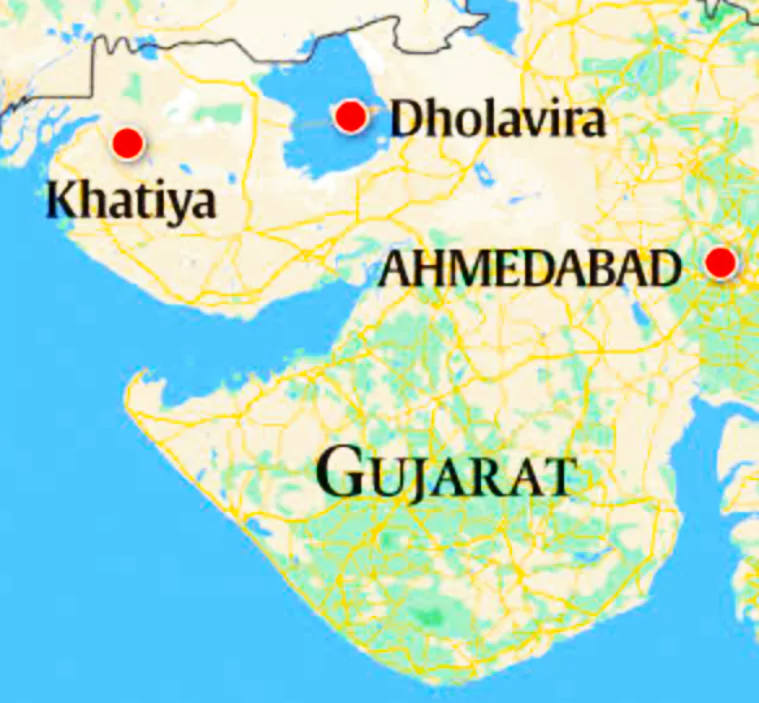
| Important Discovered Items | Significance |
|
|
|
|
Given Hypothesis:
|
|---|
About the Harappan Civilization
Few Important Harappan Civilization Sites in Kutch, Gujarat
About Juna Khatiya
|
|---|
| Must Read | |
| NCERT Notes For UPSC | UPSC Daily Current Affairs |
| UPSC Blogs | UPSC Daily Editorials |
| Daily Current Affairs Quiz | Daily Main Answer Writing |
| UPSC Mains Previous Year Papers | UPSC Test Series 2024 |
Astronomers propose to place high-resolution telescopes on the moon’s surface and its orbit which includes the Pratush Radio Telescope from India.
The Cosmic Dawn and Epoch of Reionization
|
|---|
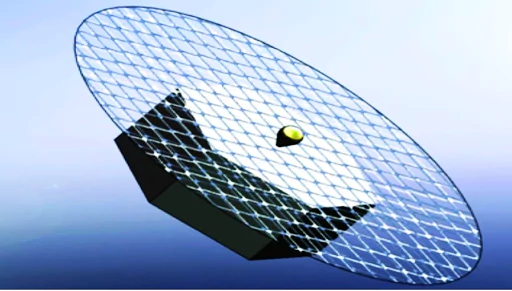
Upcoming Missions to Study the Cosmic Dawn from Moon Surface
|
|---|
| Must Read | |
| NCERT Notes For UPSC | UPSC Daily Current Affairs |
| UPSC Blogs | UPSC Daily Editorials |
| Daily Current Affairs Quiz | Daily Main Answer Writing |
| UPSC Mains Previous Year Papers | UPSC Test Series 2024 |
Recently, a 28-year-old Dutch woman legally ended her life due to her struggle with crippling depression, autism and personality disorder.
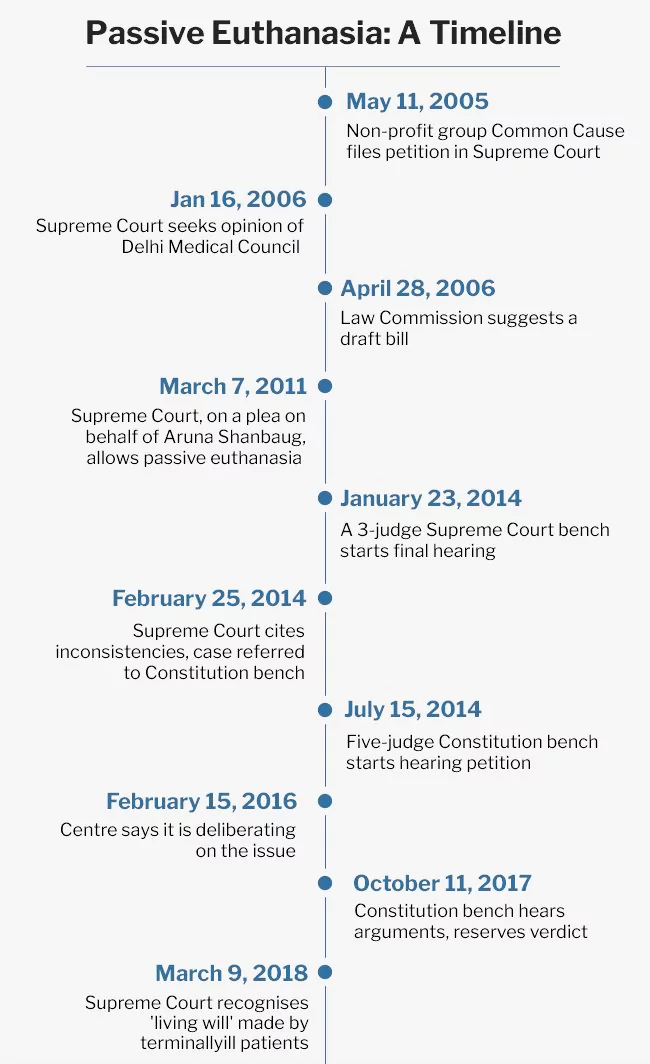
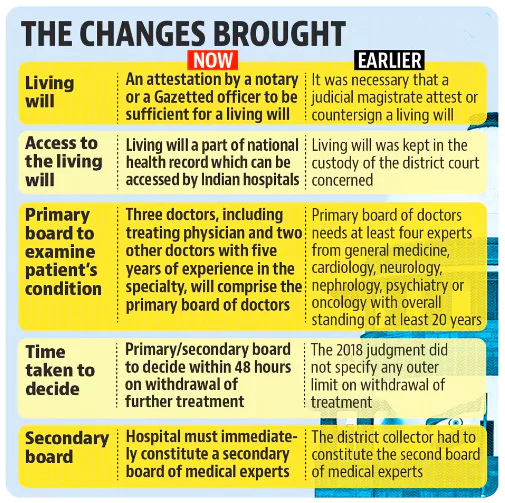
Suicide v/s Euthanasia
Does the Right to Live under Article 21 of the Indian Constitution include the Right to Die too?
|
| Must Read | |
| NCERT Notes For UPSC | UPSC Daily Current Affairs |
| UPSC Blogs | UPSC Daily Editorials |
| Daily Current Affairs Quiz | Daily Main Answer Writing |
| UPSC Mains Previous Year Papers | UPSC Test Series 2024 |
Recently, India rejected the allegations of human rights and environmental abuses raised by a Chicago-based human rights group.
Shrimp Farming
Sustainable Aquaculture In Mangrove Ecosystem (SAIME) Initiative
About Marine Products Exports Development Authority (MPEDA)
|
|---|
| Must Read | |
| NCERT Notes For UPSC | UPSC Daily Current Affairs |
| UPSC Blogs | UPSC Daily Editorials |
| Daily Current Affairs Quiz | Daily Main Answer Writing |
| UPSC Mains Previous Year Papers | UPSC Test Series 2024 |
A massive earthquake hit Taiwan in which nine people died and more than 800 got injured.
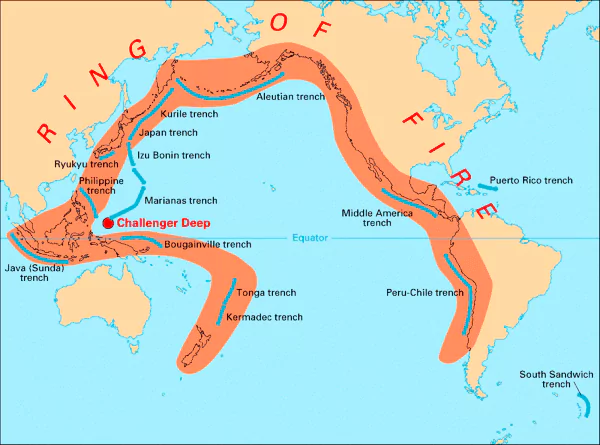
| Must Read | |
| NCERT Notes For UPSC | UPSC Daily Current Affairs |
| UPSC Blogs | UPSC Daily Editorials |
| Daily Current Affairs Quiz | Daily Main Answer Writing |
| UPSC Mains Previous Year Papers | UPSC Test Series 2024 |
Recently, the UK and the US signed an agreement on Artificial Intelligence (AI) safety testing.
| Must Read | |
| NCERT Notes For UPSC | UPSC Daily Current Affairs |
| UPSC Blogs | UPSC Daily Editorials |
| Daily Current Affairs Quiz | Daily Main Answer Writing |
| UPSC Mains Previous Year Papers | UPSC Test Series 2024 |
Uttarakhand government has formed expert teams to assess the risk of five glacial lakes prone to Glacial Lake Outburst Floods (GLOFs) in the Himalayas.
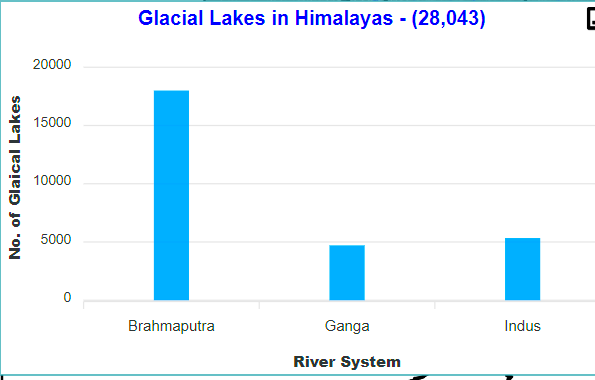 Maban Lake in Lassar Yangti Valley, Pyungru Lake in the Darma basin.
Maban Lake in Lassar Yangti Valley, Pyungru Lake in the Darma basin.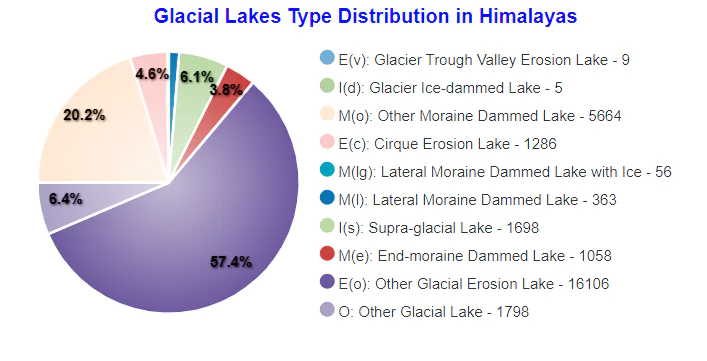 Ice-contact lakes: Initially, these lakes are connected to the ice, known as ice-contact lakes.
Ice-contact lakes: Initially, these lakes are connected to the ice, known as ice-contact lakes.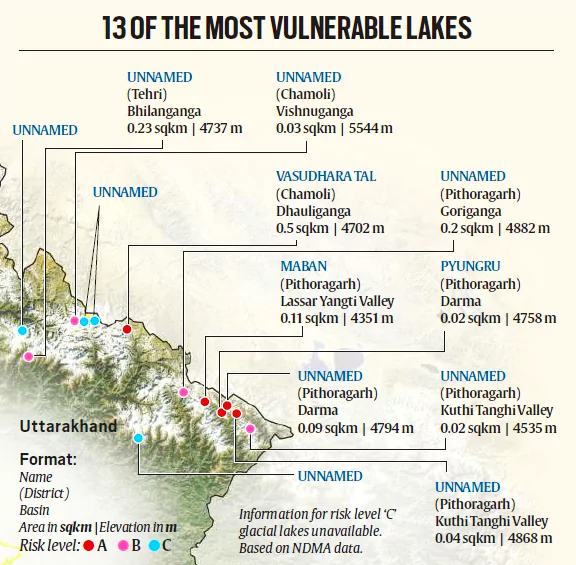
Uttarakhand witnessed two significant GLOF events so far:
| Must Read | |
| NCERT Notes For UPSC | UPSC Daily Current Affairs |
| UPSC Blogs | UPSC Daily Editorials |
| Daily Current Affairs Quiz | Daily Main Answer Writing |
| UPSC Mains Previous Year Papers | UPSC Test Series 2024 |
Recently, the Forest Department and Sri Lakshmi Narasimha Swamy Devasthanam (SLNSD) at Ahobilam have imposed certain restrictions on visitors arriving at the shrine, situated within the Nallamala forest.
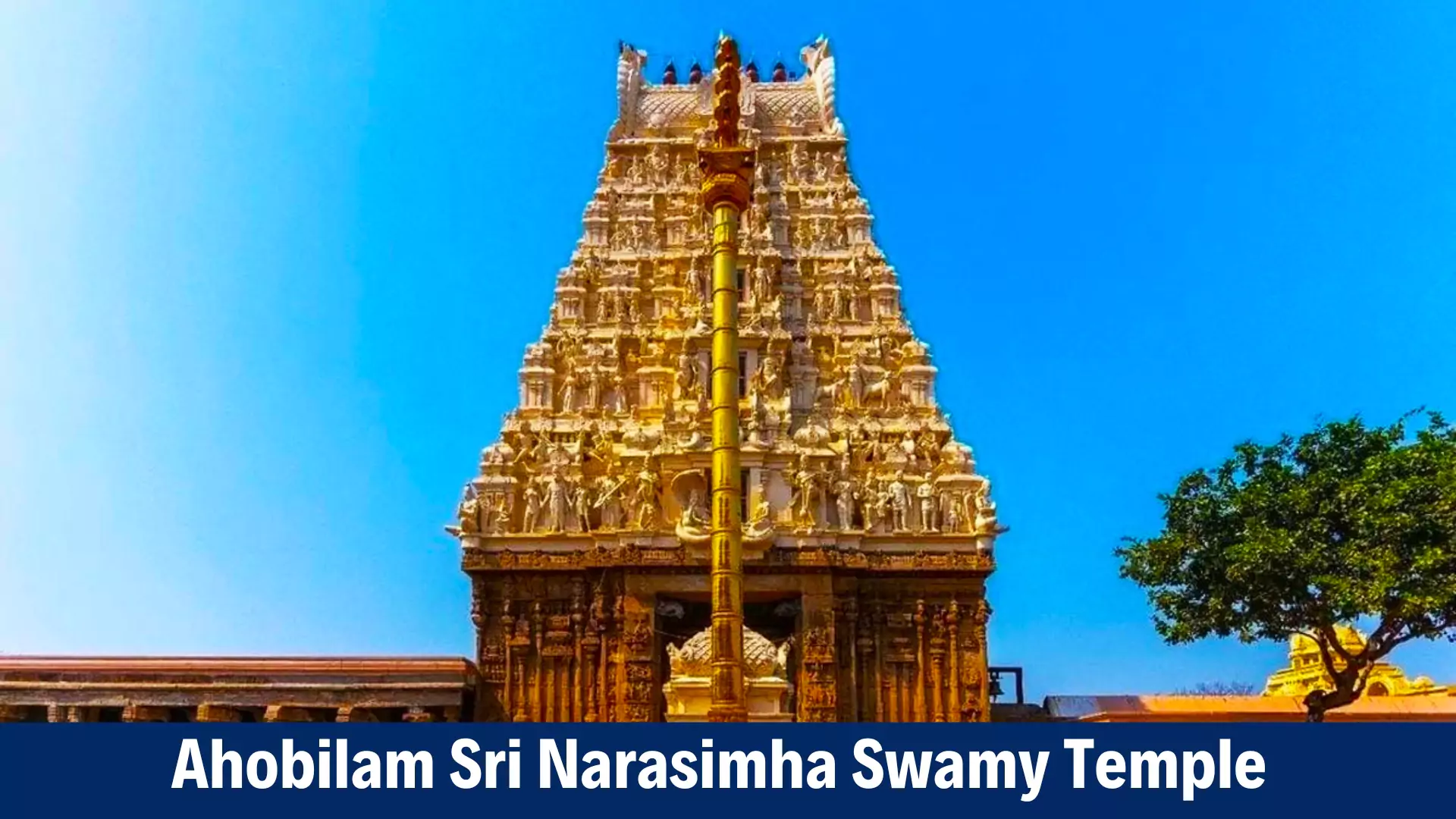
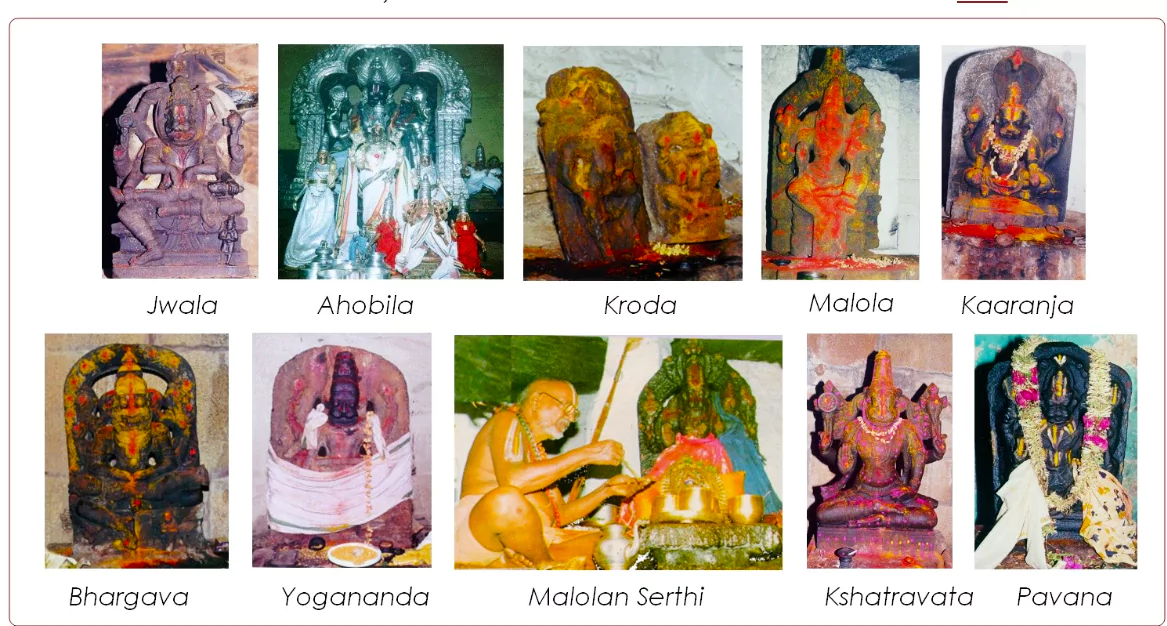 Comprises: The temple consists of nine shrines to Lord Narasimha located around a 5 km circle.
Comprises: The temple consists of nine shrines to Lord Narasimha located around a 5 km circle.
| Must Read | |
| NCERT Notes For UPSC | UPSC Daily Current Affairs |
| UPSC Blogs | UPSC Daily Editorials |
| Daily Current Affairs Quiz | Daily Main Answer Writing |
| UPSC Mains Previous Year Papers | UPSC Test Series 2024 |
According to a study by the Indian Institute of Management, Ahmedabad, India must prioritize investment in the nuclear energy sector and expand related infrastructure to become a developed nation by 2047 and achieve net zero by 2070.
| Relevance for Prelims: Vision India@2047, India’s Nuclear Energy Programme, Nuclear Energy Summit 2024, and Nuclear Power Plants In India 2023.
Relevance for Mains: Nuclear Energy Development in India: Significance, Challenges, Government Initiatives, and Way Forward. |
|---|
Nuclear Power as a Deterrent for a Nation
|
|---|
Background of India’s Nuclear Energy Programme
India’s Three-Stage Nuclear Power Programme
|
|---|
International Policy Hurdles
|
|---|
Different Generations of Nuclear Reactors:
|
|---|
| Mains Question: With growing energy needs should India keep on expanding its nuclear energy programme? Discuss the facts and fears associated with nuclear energy? (250 words, 15 marks) |
|---|
| Must Read | |
| NCERT Notes For UPSC | UPSC Daily Current Affairs |
| UPSC Blogs | UPSC Daily Editorials |
| Daily Current Affairs Quiz | Daily Main Answer Writing |
| UPSC Mains Previous Year Papers | UPSC Test Series 2024 |
<div class="new-fform">
</div>
